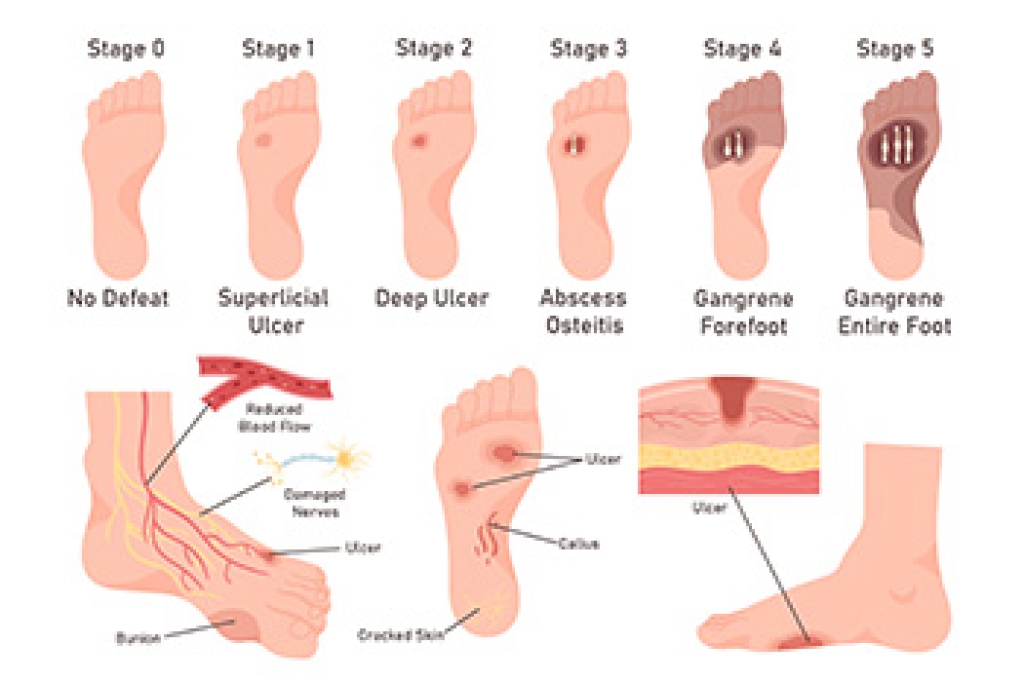
Hammertoes occur when one or more toes bend abnormally at the middle joint, often due to muscle imbalance, wearing tight shoes, or underlying structural problems. When conservative treatments such as padding, footwear changes, or splints no longer relieve discomfort, surgery may be considered. Hammertoe surgery aims to straighten the affected toe, relieve pressure, and restore normal alignment. A podiatrist may remove a small piece of bone, release a tightened tendon, or realign the joint, depending on the severity of the deformity. Recovery typically involves rest, wearing protective footwear, and a gradual return to activity with guidance from your podiatrist. If you are experiencing pain, irritation, or difficulty wearing shoes due to a hammertoe, it is suggested that you consult a podiatrist to discuss whether surgical correction may be the best option for long-term comfort and function.
Foot surgery is sometimes necessary to treat a foot ailment. To learn more, contact David Lambarski, DPM of Northeast Foot Care. Our doctor will assist you with all of your foot and ankle needs.
When Is Surgery Necessary?
Foot and ankle surgery is generally reserved for cases in which less invasive, conservative procedures have failed to alleviate the problem. Some of the cases in which surgery may be necessary include:
- Removing foot deformities like bunions and bone spurs
- Severe arthritis that has caused bone issues
- Cosmetic reconstruction
What Types of Surgery Are There?
The type of surgery you receive will depend on the nature of the problem you have. Some of the possible surgeries include:
- Bunionectomy for painful bunions
- Surgical fusion for realignment of bones
- Neuropathy decompression surgery to treat nerve damage
Benefits of Surgery
Although surgery is usually a last resort, it can provide more complete pain relief compared to non-surgical methods and may allow you to finally resume full activity.
Surgical techniques have also become increasingly sophisticated. Techniques like endoscopic surgery allow for smaller incisions and faster recovery times.
If you have any questions, please feel free to contact our offices located in Amsterdam and Clifton Park, NY . We offer the newest diagnostic and treatment technologies for all your foot care needs.




